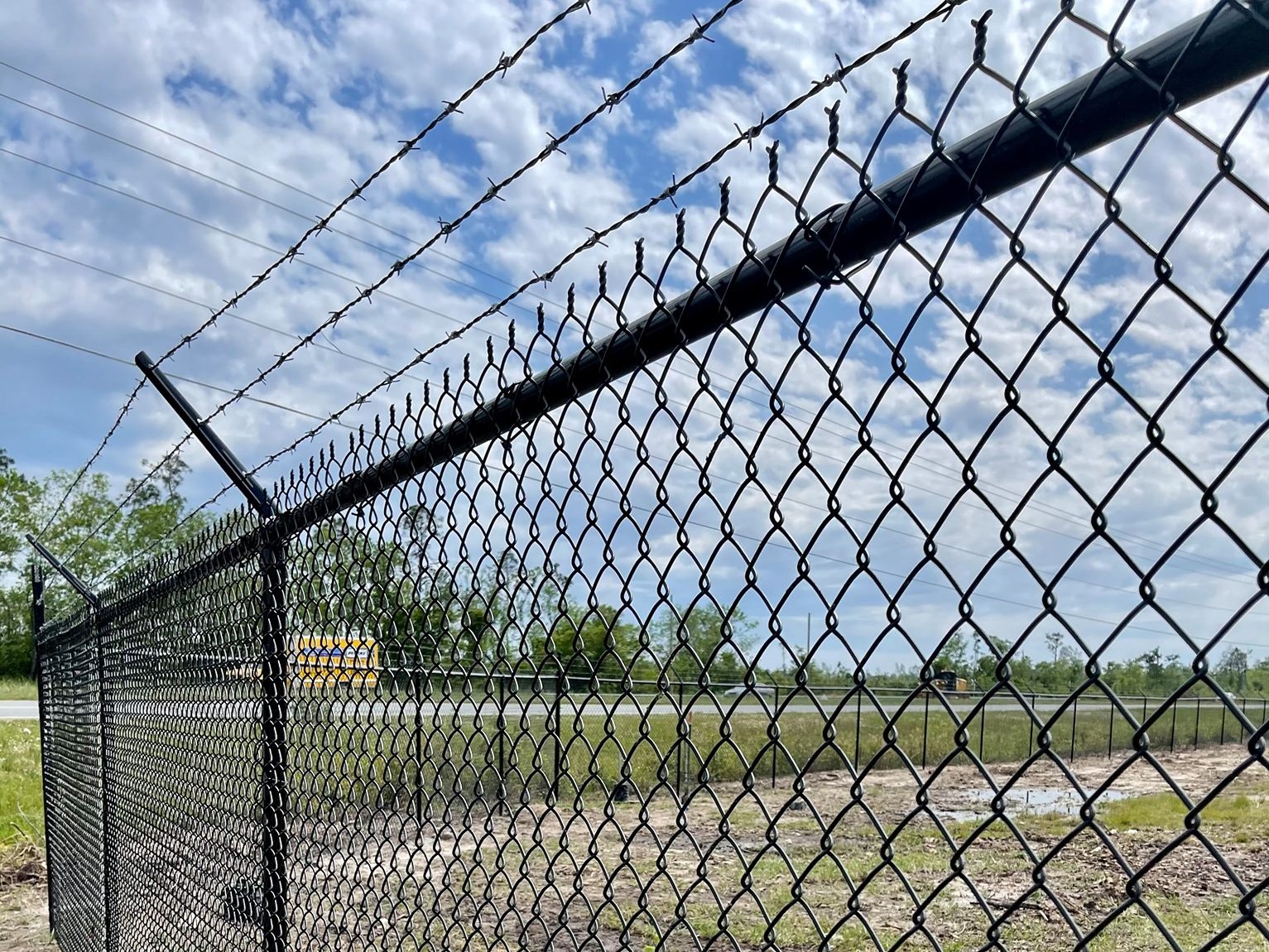![]()
For Signify Health’s CTO, the most exciting tech trend is marrying old ‘tried and true’ patterns with new and innovative technology.
Josh Builder is chief technology officer for Signify Health, having joined the company in June 2020.
The US health-tech company announced the creation of 125 jobs at a new tech hub in Galway earlier this year. The company is set to be acquired by CVS Health next year.
Prior to Signify, Builder was chief technology and product officer of Rent the Runway, where he was responsible for customer experience, operational expansion, development of supply chain technology and data engineering.
He also served as CTO at SoulCycle, where he was responsible for building its technology platform, product organisation and customer data analytics.
Builder holds a bachelor’s degree in computer information, decision systems and financial economics from Carnegie Mellon University.
In his role at Signify Health, Builder told SiliconRepublic.com that he aims to “bring a technology perspective to the business strategy”.
‘Ethical AI is vital to ensuring that we don’t use data to perpetuate bias’
– JOSH BUILDER
What are some of the biggest challenges you’re facing in the current IT landscape?
Currently, business is growing so fast that even the best technology designs and decisions don’t last forever. Or they just expire. As a company at the forefront of its industry, we need to constantly challenge our own status quo to drive and deliver necessary growth.
In terms of challenges, it’s my sense that we need to replace the notion and concept of technical debt. The term ‘tech debt’ gets thrown around a lot, but if we’re honest it’s just a negative term for the work we’re doing that’s reaching the end of its life.
We should replace it with a new idea that to support a business, tech orgs need to constantly reevaluate decisions, architecture and systems to make sure they are ready for what the future definition of scale is.
We should be constantly making room not just for feature development but also for development of an unknown scale, recognising that this is an important part of the software development lifecycle. It’s an aspirational statement, but one that we’re working towards at Signify.
I was able to see some of that in action during my most recent trip to Galway. I noticed that the talent pool in Ireland is excited and comfortable staying at one company for a longer period.
That means they get to live many lives at one company, seeing their solutions start to wear off naturally because the company has grown beyond the original piece of work. They’re constantly moving forward and having to reassess and evolve, which is exciting! And that’s what we’re doing at Signify Health, too. Constantly working towards our future definition of scale.
What are your thoughts on digital transformation?
I know I just said I would do away with the concept of tech debt, but I want to be a bit of a maverick here too and say we should get rid of the idea of digital transformation” as well.
To me, the current term sounds like something that is external to company strategy and as if it’s something that should be measured separately. Rather, I would work toward building a team and culture that embodies digital native ideas. I want people and the work we do to be much more integrated and in tune with the business strategy.
As for how we’re achieving it, I would say that Signify is a digitally native company. The exec team all have various backgrounds in technology, so our attitude is one of recognising that technology is what drives us forward and achieves our growth objectives, not something that we need to transform our current operation.
And that attitude starts at the top. I’m proud that we’re a team that consistently recognises that technology is deeply integrated in our business drivers, and not just a cost centre.
How can sustainability be addressed from an IT perspective?
What comes to mind for me here is responsible and inclusive AI governance. How can we make data safer and stay on the alert for patterns and generalisations that make it less reliable?
I think from a technology standpoint, that means monitoring all the points of human contact with data. At every one of these points, a human runs the risk of subconsciously weakening the data or injecting their own implicit bias.
However, with the right education and tools, we can flip it so that human interactions with data become opportunities to rectify and eliminate bias instead. Ethical AI is vital to ensuring that we don’t use data to perpetuate bias and discrimination, which would be incredibly detrimental to any definition of sustainability that you have in mind.
More broadly speaking, it’s been wonderful to see sustainability become a marker for the ethical operation, and even legitimacy, of a company. And Signify Health does several things I’m proud of from an ethical standpoint.
Most importantly, our main driver is to reduce the human and financial cost of the American healthcare system. The data we capture daily can help reduce health inequities, as well as be leveraged to remove barriers to transportation, housing, and food insecurity.
These are all human essential needs that fuel our technical innovation and curiosity. It’s my ‘why’ for working here and has been a strong driver for others making the decision to join our R&D centre in Galway. And I think it has a ripple effect into sustainability on a very real and human level.
In short, the impact of our work is not just code on a computer – it’s a nourishing meal someone has the time and energy to cook for their family because they got the care they needed. What could be more sustainable than that?
What big tech trends do you believe are changing the world?
There’s been such a fast evolution of technology in terms of programming languages, cloud-based architecture, and scalable infrastructure that for a while there was this bloom of new techniques. And it was exciting and innovative, and people were doing all sorts of amazing new things and changing the field.
I think the trend now is that after we got our feet wet on all this new technology, we are now settling back down and marrying these new techniques with some older, tried and true patterns.
And the fresh new techniques have made them shine. It’s like we’re finally coming home to the same systems and principles of design, but it’s now all easier to achieve because of what we’ve learned. We cracked things open, made things abstract and tried all this crazy stuff, and now what’s old is new again. And that’s an exciting place to be.
How can we address the security challenges currently facing your industry?
The biggest security challenge I can think of applies to all companies, not just to those in our industry. Security is incredibly important, but the biggest challenges arise because it’s normally something that a company only takes an interest in later in its maturity curve.
Frankly, investing in security costs a lot of money, especially early on, and it can slow a company’s development, so it gets put off until the point of absolute necessity. I think we as a business community need to figure out how to bring in security techniques, investment, and best practices much earlier.
Instead of starting late at the point that they’re forced to and then playing catch-up, remediating, and reacting, companies need to establish first principles earlier in their lifecycle.
I’m not suggesting that a small company hires a big security team early in its inception, because that’s not feasible from a financial standpoint, but there are small steps you can take to set a positive culture from the beginning so that you don’t run up against issues later.
10 things you need to know direct to your inbox every weekday. Sign up for the Daily Brief, Silicon Republic’s digest of essential sci-tech news.





More Stories
Growing Small Businesses with Virtual Assistant Services
Strength and Versatility of Chain Link Fences in Ocala, FL
Why Hiring a LinkedIn Marketing Agency Can Accelerate Your Business Growth